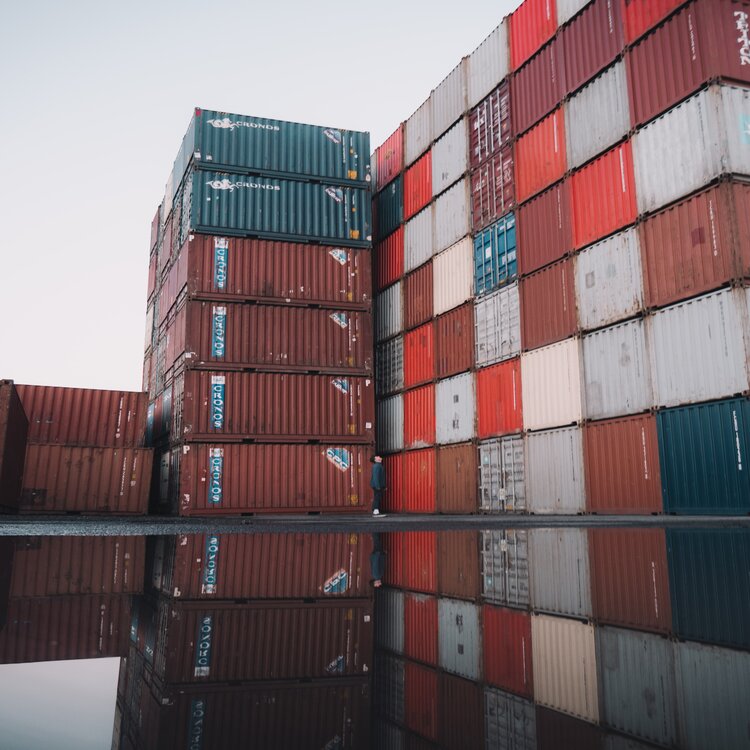U.S. Pressure on G7 Allies Over Tariffs

In recent months, the U.S. has stepped up pressure on fellow G7 members—nations like Canada, France, Germany, Japan etc.—urging them to align their trade and tariff policies with U.S. preferences, particularly in relation to China, India, and purchases of Russian oil. Reports suggest the U.S. is pushing for steep tariffs (some as high as 100 %) on trading partners who continue to import from Russia, despite sanctions.
At the same time, the U.S. has threatened to impose or increase tariffs on EU, Japan and others unless they meet certain trade terms or concessions.
These threats are casting a shadow over alliances and raising alarms over what some see as coercive diplomacy: using the leverage of economic interconnectedness to push policy change among allies.
Why This Is Not How Trade Policy is Supposed to Work
While states do negotiate, use bargaining power, and sometimes even target trade measures for strategic effect, there are norms, rules, and institutions designed to mediate these disputes and set limits. The recent U.S. approach raises several concerns:
- Rules and Commitments
Under the World Trade Organization (WTO) and earlier agreements like GATT, countries commit to bind their tariffs: meaning they agree not to raise them above a certain level without negotiation, and to apply them in a non‐discriminatory fashion. If a country unilaterally imposes higher tariffs, or threatens them, to coerce other nations into policy changes, that may violate such commitments. Experts argue that some U.S. tariff actions (or threats) violate WTO binding rates, Most Favoured Nation (MFN) obligations, or other legal obligations.
- Dispute Resolution vs Coercion
The WTO was established in large part to provide a framework for resolving disagreements: so, countries have a structured, legal possibility to challenge policy (tariffs, subsidies, etc.) that they deem unfair. Coercive threats bypass that legal framework and substitute power politics for legal norms. Those risks eroding trust, undermining the idea that trade policy should be predictable and rule-based. - Predictability, Non-Discrimination, and Stability
An international trading system succeeds when states can plan: businesses can invest, trade flows are less subject to arbitrary shifts, countries can rely on commitments. When a major economy threatens punitive actions unless others change their behaviour (often in ways that may hurt their own industries or political constituencies), that injects instability. Also, non-discrimination is a core norm: tariff rates and trade barriers are supposed to apply equally among WTO members, unless there are justified exceptions. Discriminatory or targeted threats undermine this. - Risk of Fragmentation and Retaliation
When powerful countries use trade coercion, smaller or equal partners may respond with countermeasures. That can set off trade wars. Also, it risks dividing the global trade order into blocs (those aligned with one power or another), rather than operating under a shared set of expectations.
How the International Trading System Is Supposed to Work
To understand why many, see the U.S. approach as a departure, here are the foundational pillars of the international trading system:
- Multilateral Rules & Agreements: Countries negotiate tariff schedules, trade in services, intellectual property, subsidies etc., under treaty frameworks (e.g. WTO agreements). Each member takes on obligations.
- Tariff Bindings and MFN (Most-Favoured-Nation): A country “binds” its tariffs so that it does not arbitrarily raise them above agreed levels. The MFN principle means that any trade advantage given to one country must be extended to all WTO members (unless there is a valid exception).
- Dispute Settlement Mechanisms: If a country believes another is violating rules, it can bring a dispute to the WTO, which examines the laws, hears arguments, and recommends actions. This legalistic process is key to maintaining trust and ensuring that power doesn’t simply translate into will.
- Transparency, Notifications and Predictability: Trade policy changes should be notified, consultations occur, so that partners understand and respond rather than be surprised.
Why Coercive Tariff Threats Undermine the System
Putting together the above, coercive threats by a major power to impose tariffs unless allies comply with certain non-trade policy goals:
- Undermine legitimacy of trade rules: if rules are seen as optional or overridden by power, others may lose faith in the system.
- Increase uncertainty: businesses, investors, and countries can no longer reliably anticipate trade policy; supply chains may shift, investments delayed.
- Encourage retaliation: affected countries may respond with their own tariffs or countermeasures, which further destabilises global trade flows.
- Risk fragmentation: instead of broad multilateral norms, trade becomes organized around blocs or alignments, which tends to raise costs, reduce efficiency, and reduce the ability of smaller or medium powers to make gains through the system.
Current Context & Risks
- The WTO has already raised concerns that some U.S. tariff moves violate binding commitments.
- Other G7 countries are wary. For instance, there are reports that EU nations are cautious to join U.S. pressures that could hurt their economies or run afoul of international law or past treaty obligations.
- The possibility of sanctioning or penalizing trading partners over their energy purchases (e.g. Russian oil) is particularly delicate, since energy markets are globally intertwined. Unilateral tariff threats there risk unintended consequences: inflation, supply chain disruptions, etc.
Conclusion
Trade policy is not, and should not be, merely about who has the most leverage or who can impose the heaviest threats. It is meant to be a framework of agreed rules, fairness, predictability, and adjudication when disputes arise. When a powerful country like the U.S. threatens tariffs if its partners do not conform with its policy goals, this shifts trade from a rules-based system to one based on power and coercion. If this becomes more common, it could damage the foundations of international trade: stability, law, mutual trust. And ironically, while coercion may yield short-term political gains, it risks longer-term economic costs — for all involved.